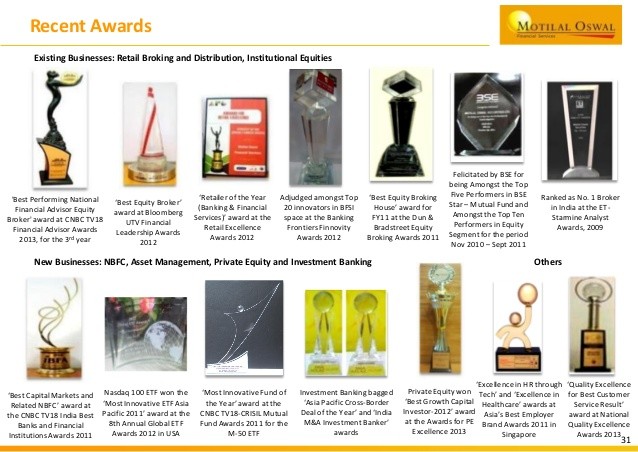UltraShort Bond Funds More Risk Than Reward Bonds Market Dhara Web Site
Post on: 16 Март, 2015 No Comment

Home Bonds Ultra-Short Bond Funds: More Risk Than Reward?
1/9/2012 1:39:50 AM
Administrator
Posts: 562
Ultra-short bond funds have been considered a good place to stash money that you don’t plan to touch for a while, such as money that you plan to use for emergency purposes. The funds’ appeal has been their high returns and purported safety. They fared well prior to the financial crisis that arose in 2007, but during the 2008 recession some funds experienced tremendous losses. A few funds recovered the following year with the government’s help, but many hemorrhaged and closed. Whether or not you decide to invest in this fund, make sure you are among those who’ve seen the investment pay off by closely evaluating its risk. (For an overview of this particular recession, refer to The 2007-08 Financial Crisis In Review . )
What They Are
An ultra-short bond fund is a mutual fund. It consists of various investments that include government, mortgage-backed and corporate bonds. These fixed-income securities generally have short maturities ranging from three months to a year, making the fund less sensitive to interest rate changes. Some, however, have lasted as long as two years. The fund was designed to have higher yields than other investments, such as money market funds and certificates of deposit (CDs ), but they also have more risk.
Safety Is Not Guaranteed
These funds have invested in securities with less than stellar credit ratings in order to get better results. Prices for these funds can be a dollar per share, but that amount can turn sour when changes occur in the market that risk principal, especially during continued periods of rising interest rates. Also, the investment vehicle hasn’t been guaranteed or insured by government agencies, such as the FDIC. (Learn about the FDIC and what it does in The History Of The FDIC . )
The ultra-short bond fund gained more interest from investors in the late 1990s. Many firms sold them as a cash alternative. Some even allowed check-writing privileges. It was inappropriately considered safer than money market funds by some, and was called the safest of all bond funds. However, some of these funds lost their appeal and were considered unstable as the mortgage and credit crisis ensued.
During the second half of 2007, popular funds, such as Fidelity Ultra-Short Bond Fund and Schwab Yield Plus, saw their values sink and redemptions increase. Many funds had more than half of their assets in mortgage-backed securities. Some portfolio managers increased their mortgage-backed securities holdings without adequately analyzing and disclosing the additional risk that the higher yields on mortgage backed securities implied, Securities Litigation and Consulting Group explained in a study.
The Virginia-based consulting firm also revealed from that June 2007 through June 2008 the total return on the popular Schwab’s YieldPlus fund was -31.7%. The average ultra-short fund lost nearly 8% in 2008, according Morningstar Inc, a provider of investment research. In 2009, funds that didn’t close down during the tumultuous period were revived and/or benefited from government programs, such as the Term Asset Backed Securities Loan Facility (TALF)and the Commercial Paper Funding Facility (CPFF).
Weigh the Risk With the Rewards
Now that you are aware of the fund’s history, the Securities Exchange Commission (SEC) suggests thinking about the risk and rewards when getting involved.
For instance, credit downgrades and defaults can occur, but credit risk can be lessened if the fund’s main investment is in government securities, such as Treasury bonds. These securities are backed by the U.S. government and don’t have to deal with local and state taxes. Analysts indicate that these types of funds have shown modest returns with less volatility during the recession.

Maturity dates that are longer than usual can make the investment vehicle riskier than those with a shorter than average maturity date. The longer period exposes the fund to fluctuation in interest rates. Keep in mind this inverse relationship: when interest rates rise, the value of the debt securities falls.
Alternatives
CDs offer the low-risk investment that you may be looking for and they easily convert to cash. CDs are insured by the FDIC for up to $250,000 (coverage as of 2009) and offer fixed terms. A set amount of money is typically invested within a span of three months to five years and the interest rates are usually fixed at higher rates than what you would receive from a savings account. When it reaches maturity you can redeem it and get the cash plus the interest accrued. CDs are purchased either at your bank or a brokerage firm. (Read about CDs as a way to attain predictable cash flows in Step UP Your Income With A CD Ladder . )
Money-market funds have been the ultra-short bond funds rival. While they both are mutual funds and aren’t insured by the FDIC, they have a few differences. Unlike an ultra-short bond fund money-market funds’ net asset value (NAV) doesn’t fluctuate, they try to maintain a constant of a dollar per share. Money market funds are also required by law to invest in low-risk securities. (For a comparison of money market funds and savings accounts, see Money Market Vs. Savings Accounts . )
Do Your Research
It’s always important to investigate where you are putting your money. For instance, with an ultra-short bond fund you’ll want to find out the top performers. Examine performance charts. Learn how the fund was configured. Identify the securities that make up the portfolio. Determine the duration of the fund to consider how sensitivity it may be to interest rate changes. You can do this by sifting through documents, such as the prospectus, profile and shareholder’s report to help understand the companies strategy and risks. While you’re looking through the documents, find out how long the fund has operated, the frequency at which it buys and sells securities, and any operational changes. (Review how to go over the risk return profile of a bond fund in Evaluating Bond Funds: Keeping It Simple . ) Conclusion
Ultra-short bond funds may have been designed to give you more bang for your buck with less risk and higher yields, but they have had an unstable history. While government, financial advisors and analysts provide more oversight, take steps to make sure you see benefits of the fund. Start by doing a thorough research of the fund’s present and past activities. Past performance won’t tell you all you need to know about its future, but it can provide valuable insight about its volatility and how it’s been handled. Also, weigh the rewards with the risk and keep in mind that safety isn’t always guaranteed.














